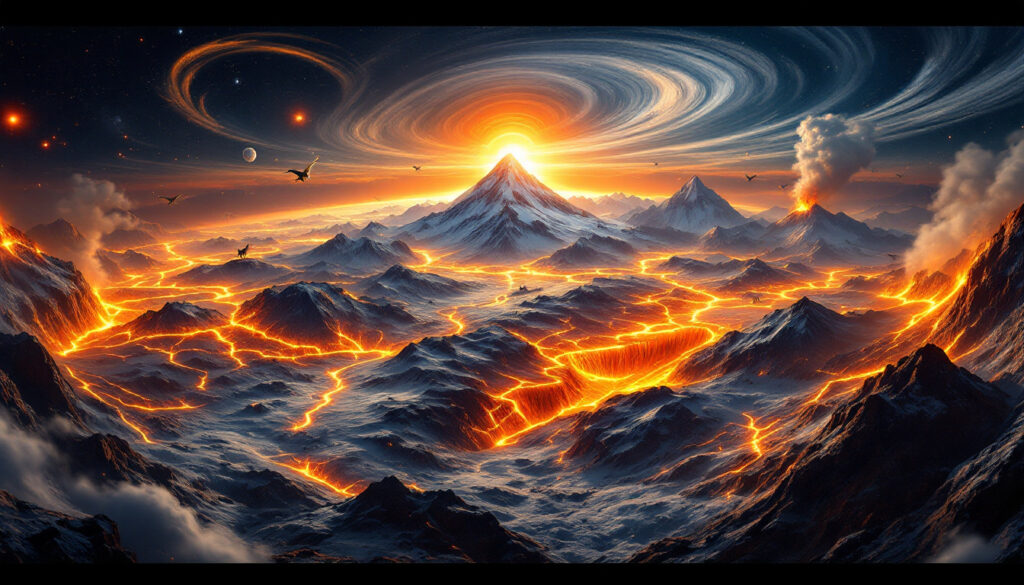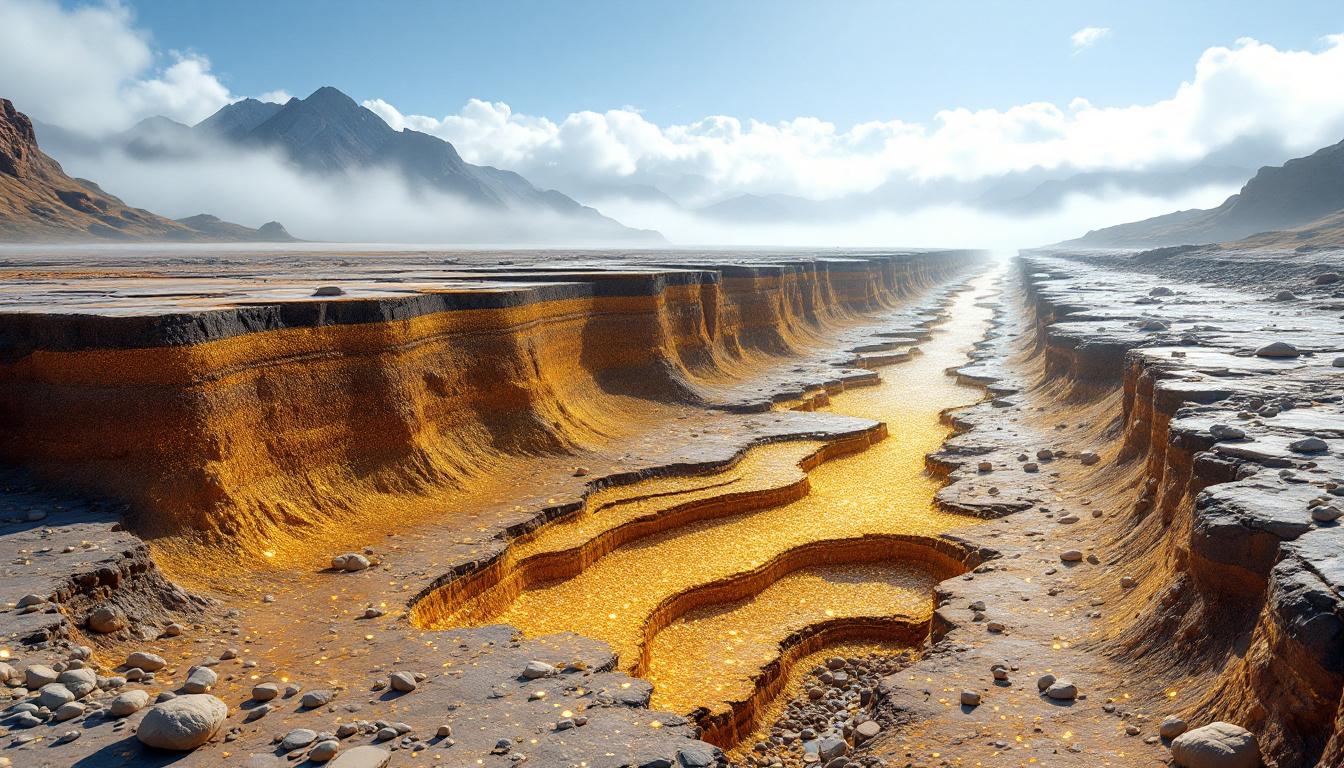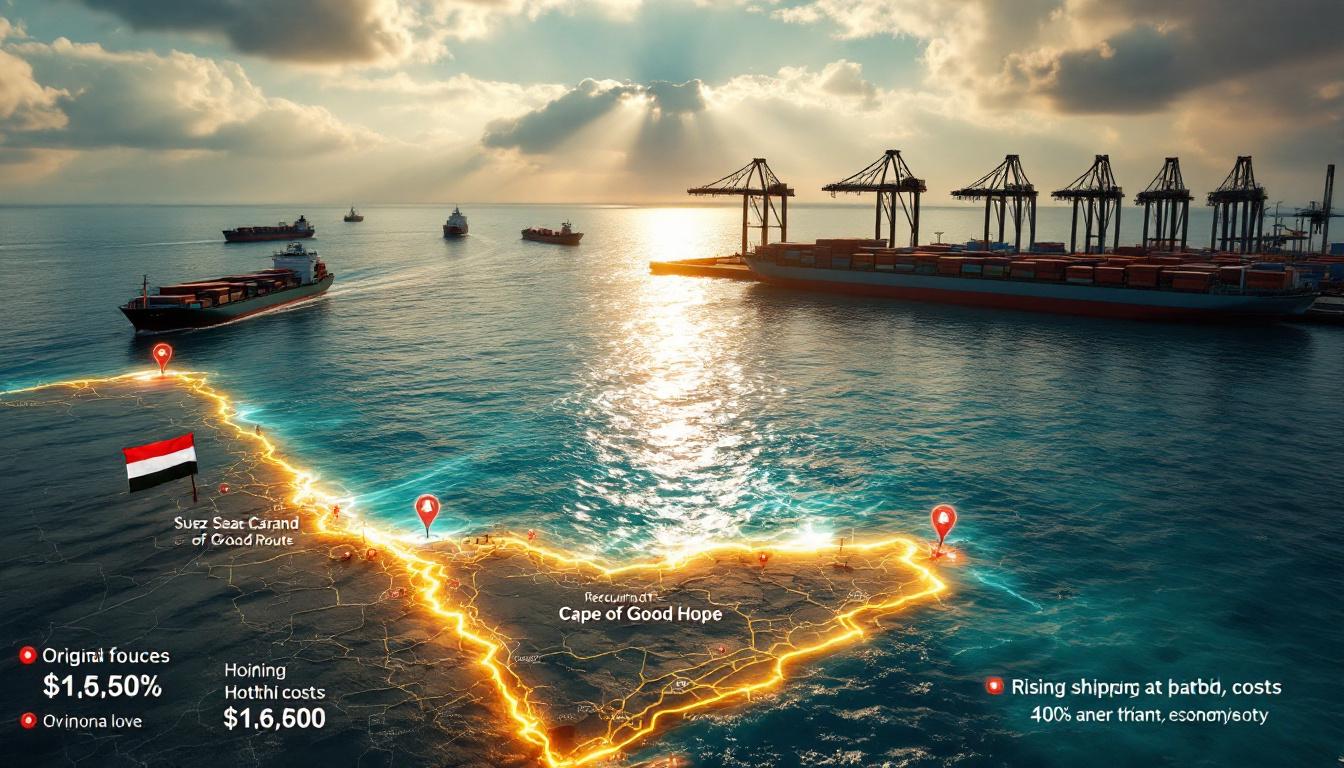Understanding Supercontinent Cycles in Geology
Supercontinent cycles represent one of Earth's most fascinating large-scale geological processes. These immense planetary rhythms have shaped our planet's surface, influenced climate patterns, and determined where valuable mineral resources formed over billions of years. Understanding these cycles provides crucial insights into Earth's oldest rocks and geological history and helps predict future geological changes.
What Are Supercontinent Cycles?
Supercontinent cycles are large-scale geological processes where Earth's landmasses assemble into a single continent, remain stable for a period, and then break apart again. These cycles span 300-500 million years and represent geology at its largest scale. A supercontinent is defined as an amalgamation of at least 75% of the world's landmass into a single connected landform.
The concept might seem straightforward, but these cycles control everything from mountain building to mineral deposit formation, and even influence biological evolution. These planetary-scale processes have been ongoing for at least 1.8 billion years of Earth's 4.5-billion-year history.
The Three Phases of Supercontinent Cycles
All supercontinent cycles consist of three distinct phases, each creating different geological environments and mineral deposit types:
-
Assembly Phase: Continents drift toward each other at rates of 1-1.5 inches per year and collide, creating massive interior mountain ranges through internal orogenies. The pressures during these collisions can reach 1-2 GPa, forcing rock upward and creating ranges like the Himalayas (which continue to rise at about 5mm annually).
-
Stability Phase: The assembled landmass remains relatively intact with subduction occurring at continental margins. During this phase, heat accumulates beneath the thick continental crust, with mantle heat flow reaching 200-500mW/m². This phase creates vast interior deserts and stable cratonic settings ideal for certain mineral deposits.
-
Dispersal Phase: Heat trapped beneath the supercontinent eventually triggers rifting, causing the landmass to break apart into smaller continents. Modern examples include the East African Rift, where continental separation proceeds at about 7mm annually, creating ideal conditions for volcanic activity.
The Driving Force Behind Supercontinent Cycles
Mantle convection—the same force driving plate tectonics—powers supercontinent cycles. This process involves:
- Heat from the core causing mantle material to slowly rise
- Surface material cooling and sinking back toward the core
- Hot, young oceanic crust pushing continents away from upwelling areas
- Cold, old oceanic crust being forced beneath continents through subduction
As one geologist aptly described it: "Continents float on the mantle like unsinkable ships, but are pushed around by the creation and destruction of oceanic crust." This slow but relentless process creates subduction zone dynamics that form 200-300km wide volcanic arcs, similar to today's Pacific Ring of Fire which spans over 40,000km.
How Do Scientists Reconstruct Ancient Supercontinents?
Reconstructing supercontinents from billions of years ago presents enormous challenges. Geologists employ multiple techniques to piece together Earth's ancient configurations:
- Puzzle-piece fitting of modern continents (works primarily for recent supercontinents like Pangea)
- Paleomagnetic data from magnetic minerals that recorded Earth's ancient magnetic field, with latitude accuracy of ±3°
- Correlation of rock formations between currently separated landmasses, such as matching the Superior Craton between Canada and Greenland
- Dating of mountain-building events that coincide with continental collisions using zircon dating methods with precision of ±1% for U-Pb techniques
"Reconstructing early supercontinents is a complicated and painstaking process, and the layout, and even existence, of many is controversial." – Ian Burron, Geology for Investors
These reconstruction efforts involve sophisticated analytical techniques like laser ablation ICP-MS mineral analysis and complex paleolatitude calculation algorithms. Recent advances in machine learning are also helping identify pattern matches between currently separated continental fragments.
Major Supercontinents Through Earth's History
Earth has witnessed several supercontinent assemblies and breakups throughout its long history. Each supercontinent created unique geological conditions with lasting impacts on our planet.
Pangea (336-175 Million Years Ago)
- Most recent and well-documented supercontinent, covering approximately 130 million km²
- Home to dinosaurs during their early evolution
- Created vast interior deserts due to continental climate effects
- Notable deposits: Mississippi Valley lead-zinc deposits and porphyry copper
- Pangea's assembly created the Appalachian Mountains, now substantially eroded from their original height
Pannotia (633-573 Million Years Ago)
- Short-lived and somewhat controversial supercontinent
- Its breakup may have triggered ocean chemistry changes leading to the Cambrian explosion
- Existence still debated among some geologists
- Geological evidence includes 650-million-year-old glacial dropstones deposited during Pannotian ice ages
Rodinia (1130-750 Million Years Ago)
- Existed during much of the "boring billion" (1.8-0.8 billion years ago)
- Formed from reassembling pieces of previous supercontinents
- Characterized by relatively few new rock formations and mineral deposits
- Its breakup is linked to significant climate changes and possibly early animal evolution
Nuna/Columbia (1820-1350 Million Years Ago)
- Associated with exceptionally rich mineral deposits, containing about 40% of global gold reserves
- Many world-class orogenic gold and VMS districts formed during its assembly
- Notable deposits include Olympic Dam (IOCG) and Athabasca Basin uranium with grades of 10-20% U₃O₈
- Complex history with multiple collisions and failed rifts
- The Wopmay Orogen represents a preserved mountain belt from Nuna's assembly phase
How Do Supercontinent Cycles Influence Mineral Deposits?
Each phase of the supercontinent cycle creates distinct geological environments that favor different types of mineral deposits. Understanding these relationships helps exploration geologists target regions with the highest potential for specific resources.
Assembly Phase Deposits
- Volcanogenic Massive Sulfides (VMS): Form during seafloor spreading, typically containing 10-100Mt of ore at 2-5% copper and zinc
- Orogenic (Lode) Gold: Develop in mountain chains during collision, with the Abitibi Belt (2.7Ga) representing a classic example
- Porphyry Copper: Associated with heightened volcanic activity at depths of 1-5km
- Iron-Oxide-Copper-Gold (IOCG): Linked to volcanic and tectonic activity
- Magmatic Nickel-Copper-PGE: Form during periods of increased magmatism
As one mining geologist noted, "Assembly phase collision creates perfect gold depositional traps in greenstone belts, where hydrothermal fluids at 250-400°C with 5-15% NaCl equivalent can concentrate precious metals."
Stability Phase Deposits
- Mississippi Valley Type Lead-Zinc: Require deep sedimentary basins
- Sediment-Hosted Copper: Form in stable continental settings
- Unconformity Uranium: Develop in stable cratonic settings through complex redox processes
- Carbonatite REE Deposits: Associated with failed rifts during stability
Dispersal Phase Deposits
- VMS Deposits: Form during renewed seafloor spreading
- Epithermal Gold: Associated with volcanic arcs during dispersal
- Porphyry Copper: Form along continental margins, with the Chilean Copper Belt representing a modern analog
Furthermore, the formation of porphyry and epithermal deposits is closely tied to subduction processes that occur during both assembly and dispersal phases of supercontinent cycles. In addition, understanding epithermal deposits: formation and significance provides valuable insights into how these valuable mineral resources develop in relation to supercontinent cycles in geology.
How Do Supercontinent Cycles Impact Climate and Life?
Supercontinent cycles don't just reshape the physical landscape—they dramatically influence Earth's climate systems and biological evolution.
Climate Effects
- Supercontinent interiors typically create vast desert environments due to extreme continental climate
- Concentration of land near poles can trigger global ice ages, as evidenced during Pannotian times
- Changes in volcanic activity affect atmospheric composition, particularly CO₂ levels
- Erosion rates influence ocean chemistry and nutrient availability
- Continental configurations affect ocean current patterns, creating either isolated or well-mixed oceans
Biological Impacts
- Pangea's breakup allowed dinosaurs to expand their range and diversity through newly created ecological niches
- Volcanic gases from rifting may have contributed to mass extinctions through rapid climate change
- Pannotia's breakup potentially triggered the Cambrian explosion by altering ocean circulation and chemistry
- Continental isolation creates evolutionary laboratories for unique species, similar to how Australia developed its distinctive fauna
These biological impacts highlight how geological processes operating over hundreds of millions of years directly influence the evolution and diversity of life on Earth.
The Importance of Supercontinent Cycles for Resource Exploration
For mining companies and resource geologists, understanding supercontinent cycles provides critical insights for exploration targeting.
Using Cycle Timing for Mineral Targeting
- Understanding which deposits form during specific phases helps focus exploration efforts
- Preservation potential varies by deposit type and tectonic setting
- Assembly phases typically preserve more economically viable deposits
- Recognition of ancient tectonic settings allows prediction of deposit types
Practical Applications for Mining Companies
- Reconstructing ancient tectonic settings helps identify prospective regions that may have been overlooked
- Dating of rock units can place them within specific supercontinent phases
- Correlation between regions can reveal potential for similar deposit types
- Modern exploration geophysics can identify signatures of deposit types associated with specific cycle phases
This knowledge has practical value—companies that understand these relationships can target exploration dollars more effectively by focusing on geological environments known to host specific deposit types. Moreover, knowledge of economic ore deposits from layered complexes to kimberlites and Carlin gold deposits and geological exploration provides additional context for how supercontinent cycles influence mineral formation across geological time.
Future Research Directions in Supercontinent Studies
Despite centuries of geological investigation, many questions about supercontinent cycles remain unanswered.
Unanswered Questions
- Did supercontinents exist before Nuna (1.8 billion years ago)?
- How did early Earth's hotter mantle affect supercontinent processes?
- Will current continents eventually form a new supercontinent?
- How do supercontinent cycles influence core-mantle dynamics?
Emerging Technologies
- Advanced dating techniques are improving ancient reconstructions
- Computer modeling helps simulate supercontinent assembly and breakup
- Satellite gravity and magnetic data provide new insights into crustal structure
- Machine learning applications are helping identify patterns in complex geological datasets
These technological advances promise to refine our understanding of these grand planetary cycles in coming decades.
FAQ About Supercontinent Cycles
How long does a complete supercontinent cycle take?
A complete supercontinent cycle typically spans 300-500 million years from assembly through dispersal.
Are we currently in a particular phase of a supercontinent cycle?
Yes, we are in the dispersal phase that began with the breakup of Pangea approximately 175 million years ago.
Will Earth form another supercontinent in the future?
Most geologists predict that current continental movement will eventually form a new supercontinent, possibly called "Amasia" or "Pangea Ultima," in approximately 250 million years.
How do supercontinent cycles affect mineral resource distribution?
Supercontinent cycles control when and where different types of mineral deposits form, with each phase favoring specific deposit types and preservation conditions.
What evidence supports the existence of ancient supercontinents?
Evidence includes matching rock formations across continents, paleomagnetic data showing ancient positions, dating of mountain-building events, and fossil correlations between now-separated landmasses.
Looking for the Next Major Mineral Discovery?
Discover how supercontinent cycles influence where valuable deposits form with Discovery Alert's proprietary Discovery IQ model, which delivers real-time alerts on significant ASX mineral discoveries. Explore historic examples of exceptional returns from major discoveries by visiting the Discovery Alert discoveries page and begin your 30-day free trial today.




